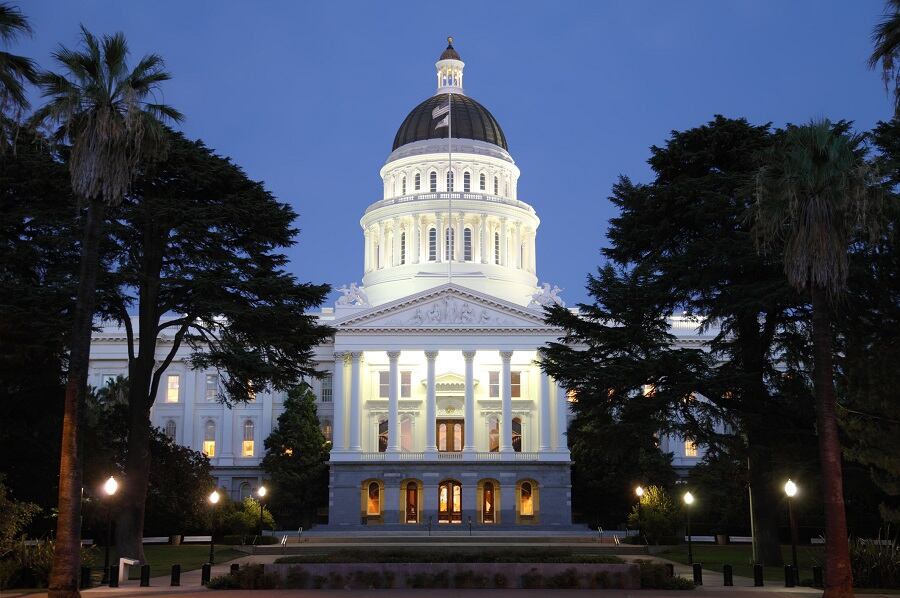“When it comes to food safety in America, compliance with federal law [is] table stakes. It's the minimum you need to do to legally sell a product. But let's be honest, nobody is going to pat you on the back for not necessitating a recall. It's about aligning with the consumer definition of safety — that evolving expectation of what consumers want. And we are talking about young families, pregnant women, infants, children, so much of that awareness and concern is just critically important.”
Clean Label Project helps “brands bridge the gap” on food safety
Founded in 2017, the Clean Label Project has a “mission of bringing truth and transparency to consumer product labeling” that goes beyond the regulatory framework in the US, which is primarily “focused on microbial and pathogen contaminants,” Bowen explained.
“Here's the kicker: ...these products are still largely compliant in the court of law. But in the court of public opinion, it is a different story. So, what we do at Clean Label Project is help brands bridge the gap. What is it that consumers want as well as what is the minimum you need to do in order to legally sell a product in the United States? That's what we're about.”
With its certification process, the Clean Label Project has "a process called consumer chain of custody, sampling, and testing," where the organization buys products and tests them at an accredited analytical chemistry lab, Bowen said. In these tests, Clean Label Project is "looking at these contaminants that are currently over and above current minimum federal regulations" and other contaminants and attributes, including heavy metals, glyphosate residues, antibiotics and others depending on the product, she added.
The clean-label trend evolves with consumers
The definition of clean label has also evolved to meet consumer demands on health and safety, as more consumers demand simplified ingredient panels and more natural-sounding ingredients Bowen pointed out.
“What we see is that consumers are becoming increasingly knowledgeable, more cynical, more educated on the food they eat — that they provide for themselves as well as their family. And because of that, they're also learning more about more of the good stuff and less of the bad stuff. ... They want to know more about transparency, what actually goes into food production, and that is what Clean Label Project is about. It's about seeing past the ingredient deck to also talk about the process of how it was made. Let's talk about what I would never find on a product label.”
While taste and price remain top purchase drivers for shoppers, CPG brands are finding opportunities in the market to increase sales with clean-label and other sustainability claims. Most consumers (84%) say it is important to purchase clean-label food products, according to a Jan. 2024 Acosta Group survey of over 1,200 US shoppers.
“Not only is Clean Label Project good for the planet, [but] it is also great for the bottom line in terms of showing an increase in sales velocity with additional certification,” Bowen said.
Brands struggle to make sense of “patchwork quilt of compliance”
Consumer awareness and concern about a host of food additives are also pushing state legislators to propose and enact laws, making it more complicated for brands, Bowen noted. California passed the Food Safety Act last year — which banned brominated vegetable oil, potassium bromate, propylparaben, and Red Dye No. 3 — and Illinois and Pennsylvania followed the law with similar legislation.
Additionally, California passed AB 899 that requires baby food manufacturers to perform mandatory heavy metal testing, effective Jan. 1, 2024, and provide heavy metal disclosures, starting Jan. 1, 2025, Bowen pointed out.
CPG brands are navigating an increasingly complicated landscape on how they can manufacture their products, Bowen explained. Federal regulations can help smooth out some of the confusion, but the chances of federal action in an election year is unlikely, she added.
“The reality is that even though consumers ... have not yet recognized how this is shifting — what's showing up on grocery store shelves — brands understand. Brands are being faced under those pressures because they are the ones that have the expectation when it comes to formulations.”
She elaborated, “What is happening is so much consumer awareness is then resulting in new state laws being proposed, which for brands it makes it tough. [It’s] resulting in this patchwork quilt of compliance. In an ideal world, what would happen is we have the emergence of federal regulation ... Here's the thing. It's an election year. Are things going to happen? I don't know. Jury is still out on that one too.”


